Secrets Unearthed: Mysterious 10th-Century Viking Burial Site Found Beneath Denmark Construction Site
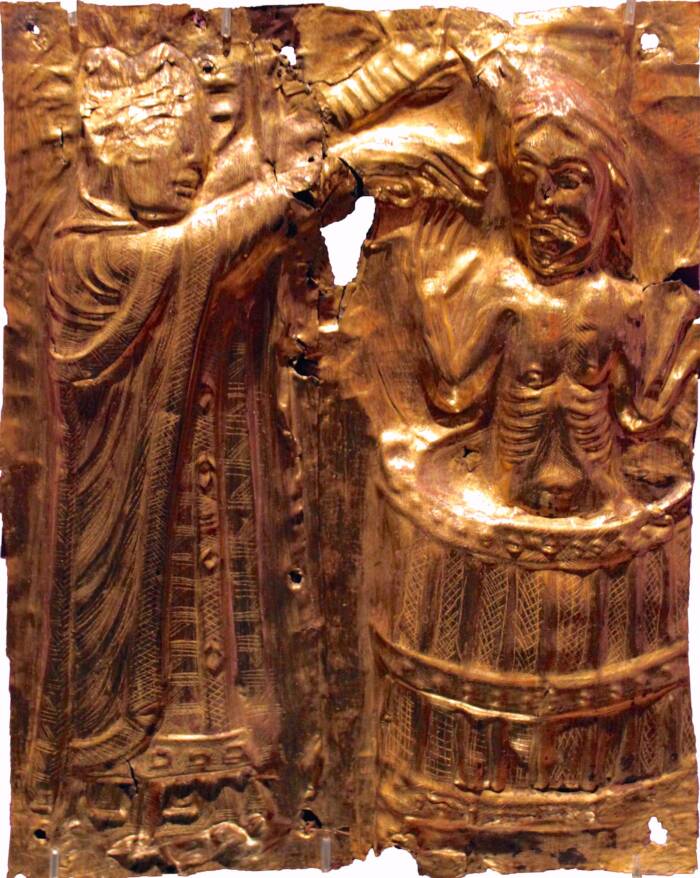
Anagoria/Wikimedia CommonsA depiction of Harald Bluetooth’s baptism. Though he introduced Christianity to the region, archaeologists classified the dozens of Viking graves found in Lisbjerg as “pagan” graves.
Bluetooth, who came to power in 958, ruled over many important changes in his kingdom. He introduced Christianity to Denmark, oversaw the unification of the country, and became the leader of Norway after the assassination of King Harald Greycloak. (The technology Bluetooth is named for him, in the hopes that technology would unite the world much as the king united Denmark.)
As such, the Viking graves found in Lisbjerg are connected to the larger history of the Vikings — as well as the local history of the region. The Viking farm Stormandsgården, enclosed with a “distinctive palisade fence” and a 10-foot “entrance portal pointing south,” offered an easy connection to Aarhus via the old main road. Perhaps the farm, which stretched across almost five acres, was the home of the noble family, and the recent graveyard, roughly half a mile away, was the family’s cemetery.
In any case, the collection of finds in the region over the last several decades tells an exciting story about the region’s Viking history. Taken together, they offer a close look at how Vikings in the 10th century lived — and died.
“The finds in Lisbjerg are part of a series of previous fine finds in the Aarhus area,” Kasper H. Andersen, a historian at Moesgaard, remarked. “Together, they paint the picture of an aristocratic environment that was linked to royal power, and which was part of the Vikings’ vast and dynamic world.”
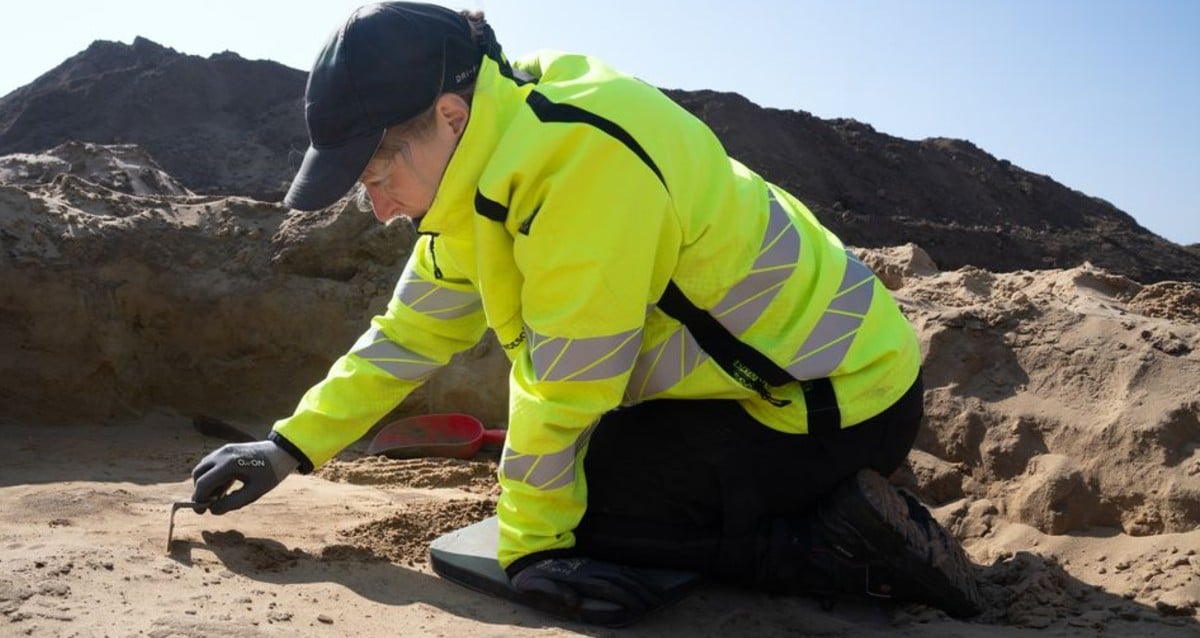


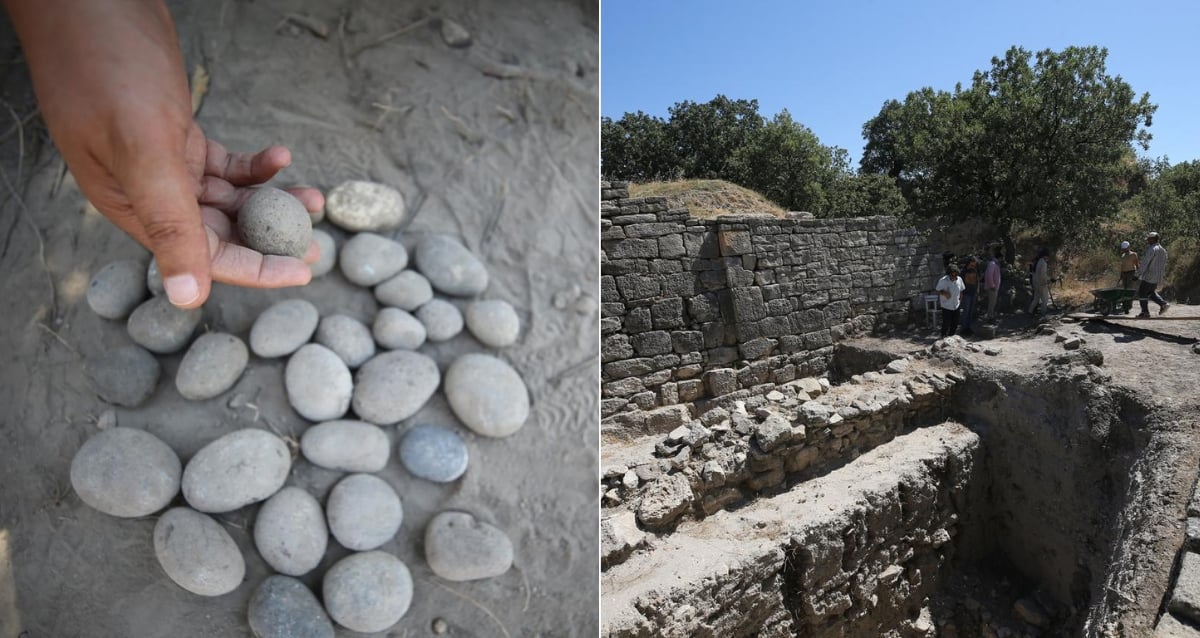
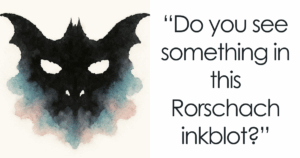







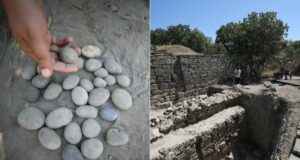
Post Comment